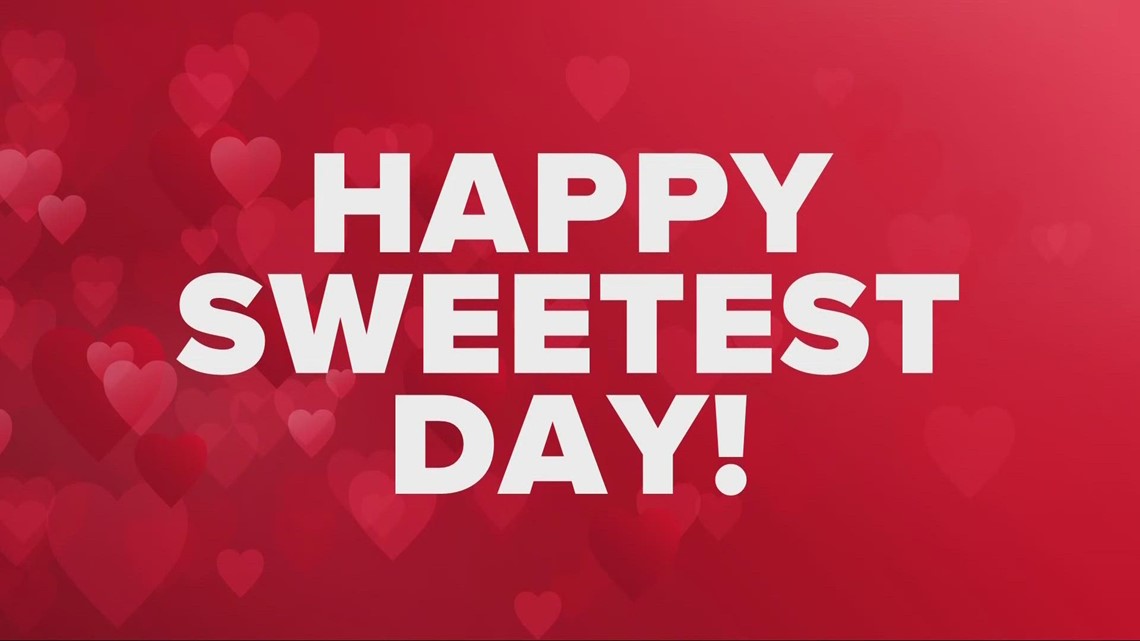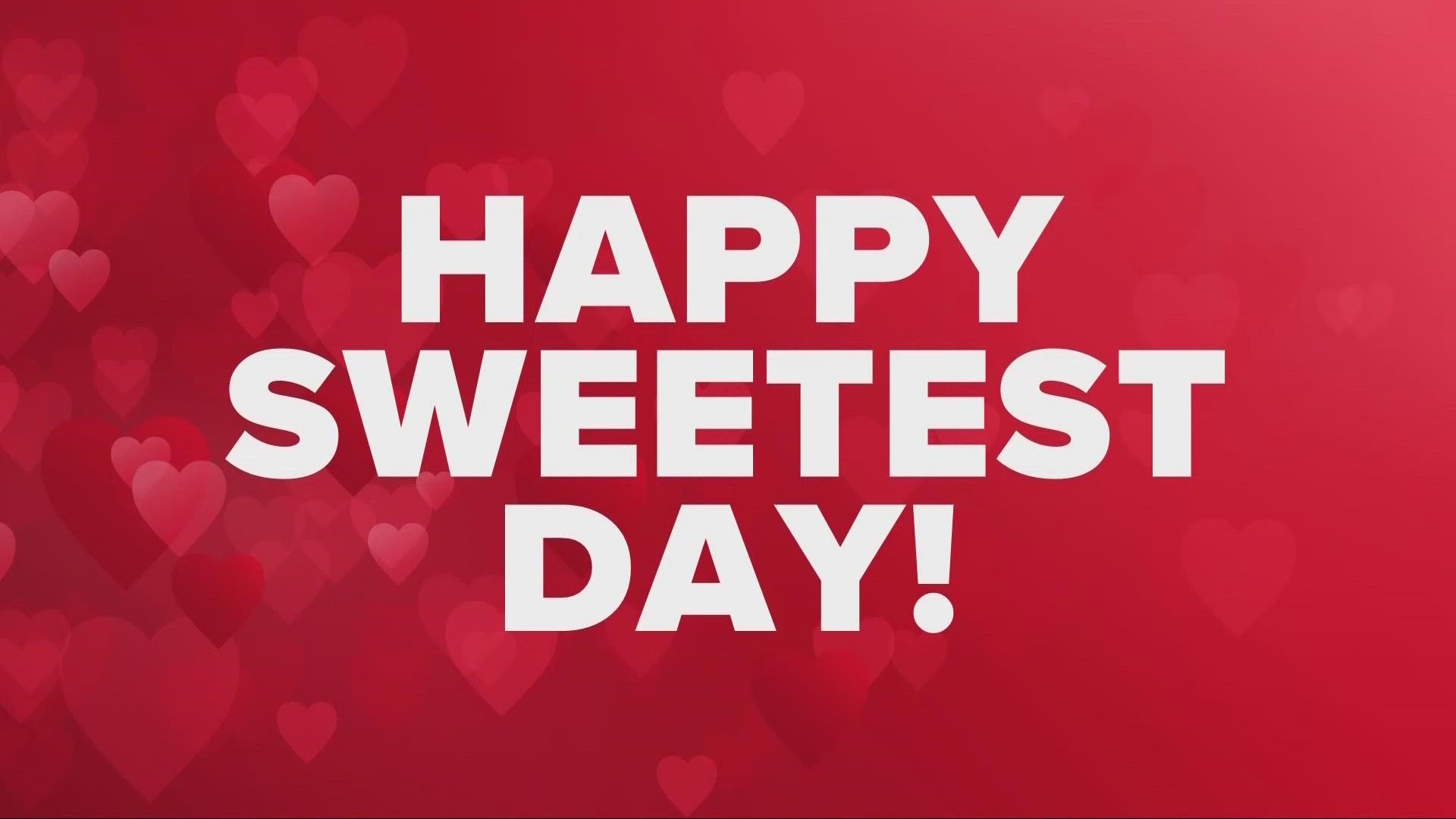CLEVELAND — Sweetest Day, aka "Low-Rent Midwest Extra Valentine's Day."
A lot of people love it, a lot of people love complaining about it. There's a popular theory that the regional holiday it simply a dubious, commercialized money grab, invented out of whole cloth by the predatory greeting card and candy companies as a cynical plot to compel people to purchase their wares.
Spoiler alert: Turns out, that's a pretty heavy-handed interpretation of the origin story.
Sweetest Day is celebrated annually on the third Saturday of October. It is a unique American holiday, both because its origins have no basis in religion and because it is largely a regional affair, primarily celebrated here in the Midwest, portions of the Northeast, and a few areas down in Florida for some reason (most likely because so many Midwesterners brought it with them when they retired down there after getting sick of driving in snow).
The anti-Sweetest Day crowd tends to refer to it as a "Hallmark Holiday," probably because that rolls off the tongue better than saying "American Greetings Holiday," which would make more sense since AG is based here in Cleveland where Sweetest Day started.
But in reality neither, of the giant greeting card companies really had anything to do with the origin of Sweetest Day, though I'm sure they're not complaining about its existence when they get that sweet sweet mid-October rustbelt sales bump every year, if you know what I'm saying.
Okay, cynical Sweetest Day Haters. Get ready for some disappointment, because as it turns out, rather than being rooted in commercialism and corporate greed, history tells us that Sweetest Day actually began as an act of genuine charity and altruism.
It began here in Cleveland in 1921, when Herbert Birch Kingston, a local candy maker and philanthropist, decided he wanted to bring happiness to the lives of the less fortunate who often were forgotten. Kingston and others distributed candy and small gifts to orphans, seniors confined to their homes, and other down-and-out people in an effort to show them that someone cared.
Kingston didn't intend to start a holiday, but it became an annual tradition all the same. It was officially dubbed "Sweetest Day" in 1922 by a committee of 12 confectioners who took Kingston's idea and ran with it by distributing over 20,000 boxes of candy to "newsboys, orphans, old folks, and the poor" throughout Cleveland. That's according to an article from The Plain Dealer at the time.
Over the years, the Sweetest Day idea of spreading cheer broadened to include everyone from sweethearts to family members to coworkers and even casual acquaintances. And yes, like most holidays, this one has inarguably become more commercialized over time.
But for those of you who are angry about Sweetest Day because you think it's dumb — or because you forgot about it until the last minute and now you're standing in line at a Circle K gas station panic-buying an overpriced stuffed bear bear that's holding a heart, to bring home to your partner so it looks like you tried — it is important to remember that for whatever Sweetest Day represents now, its original intent was rooted in charity and grace for people who were particularly in need of a kind gesture.
So, in the spirit of the season, Happy Sweetest Day everyone, and enjoy this virtual heart from me to you.



